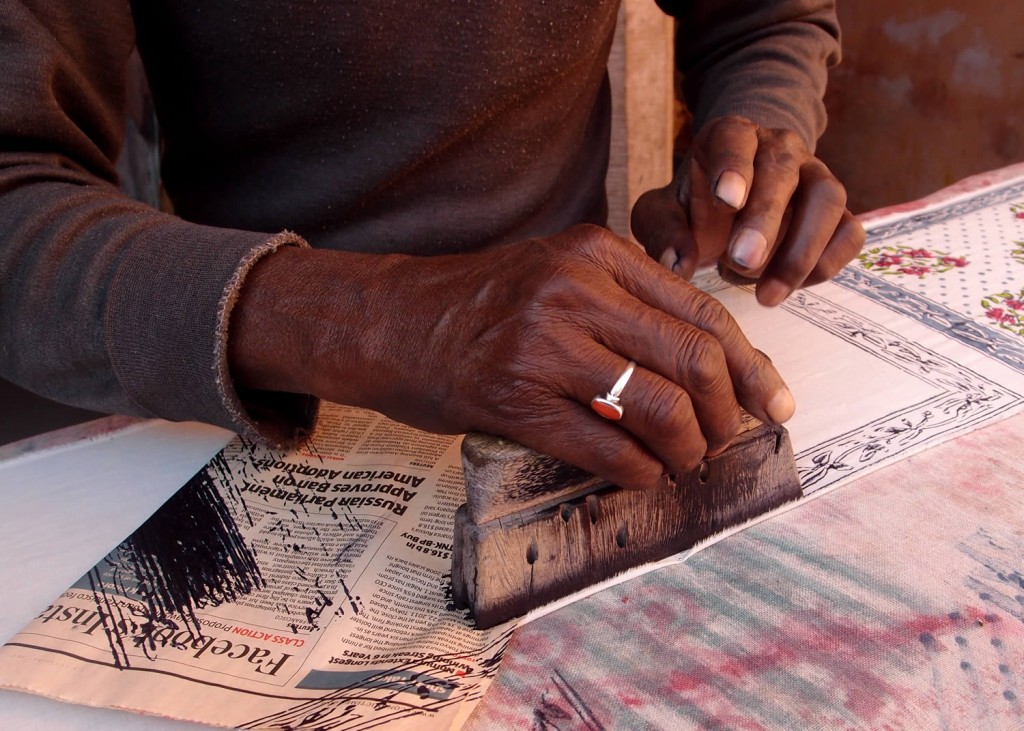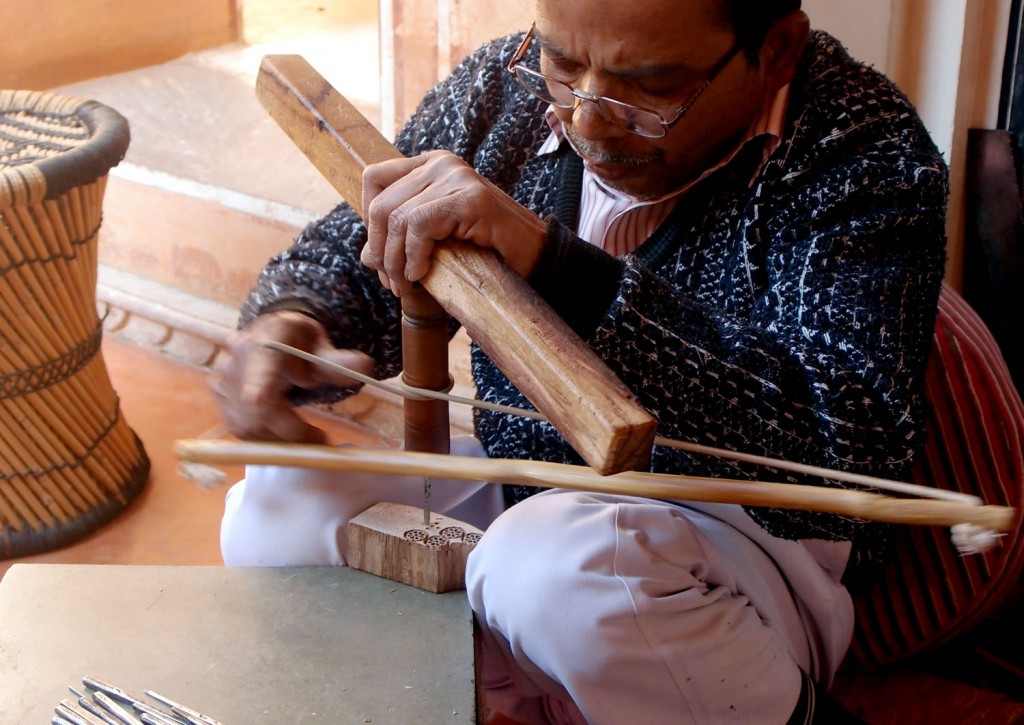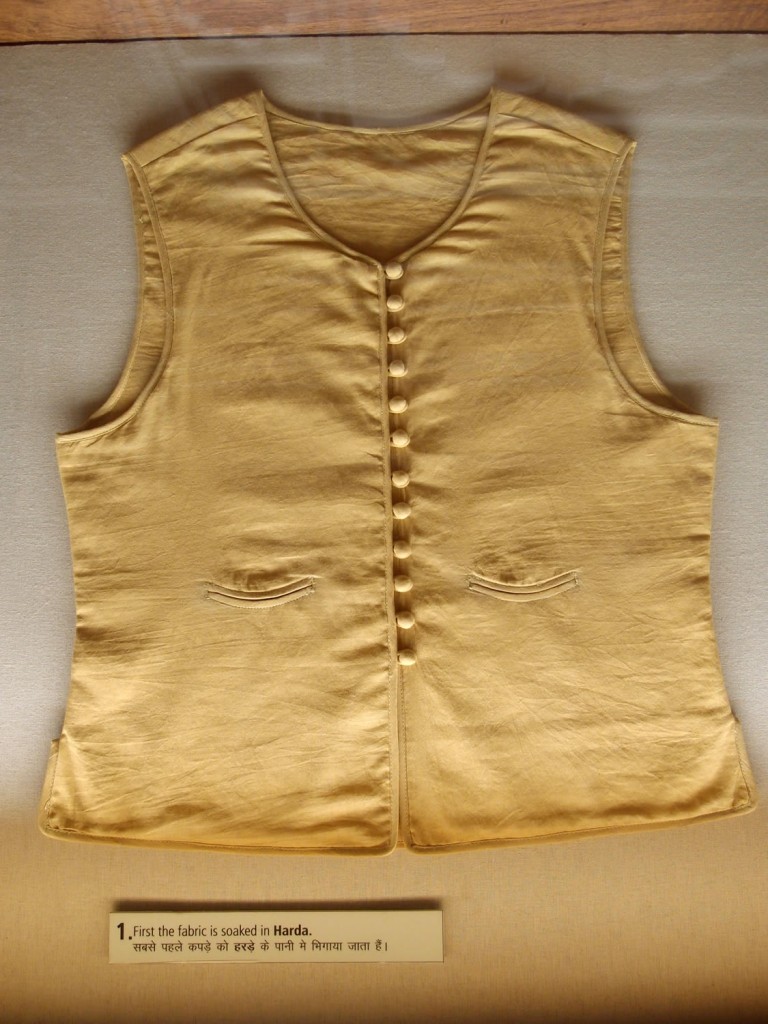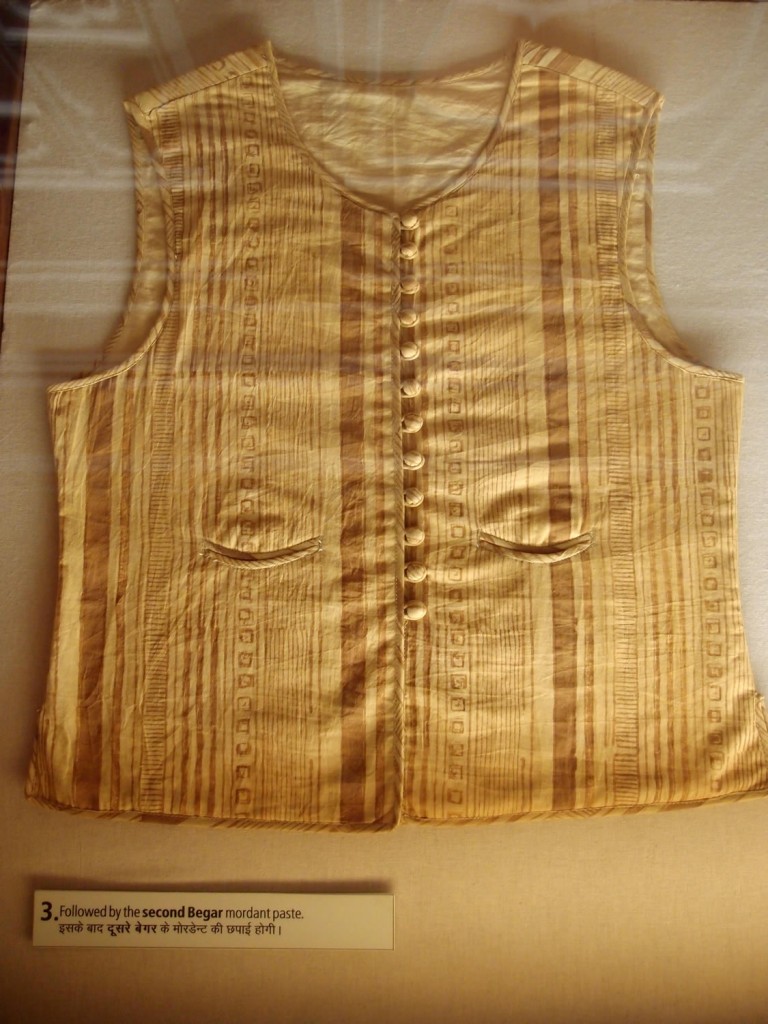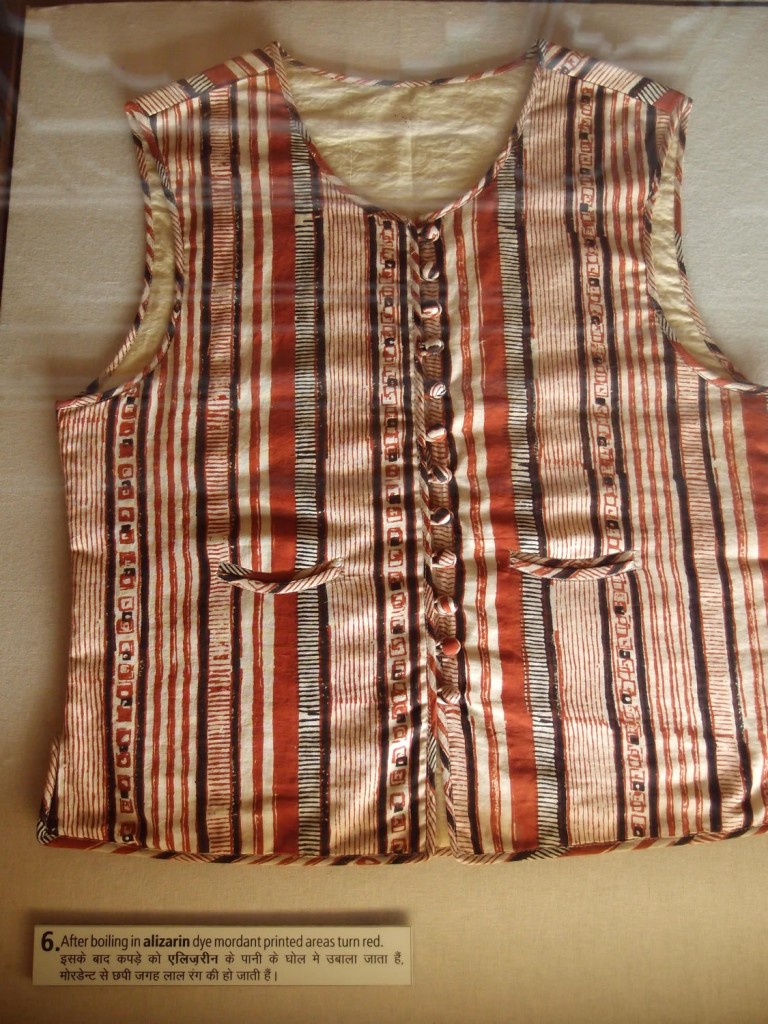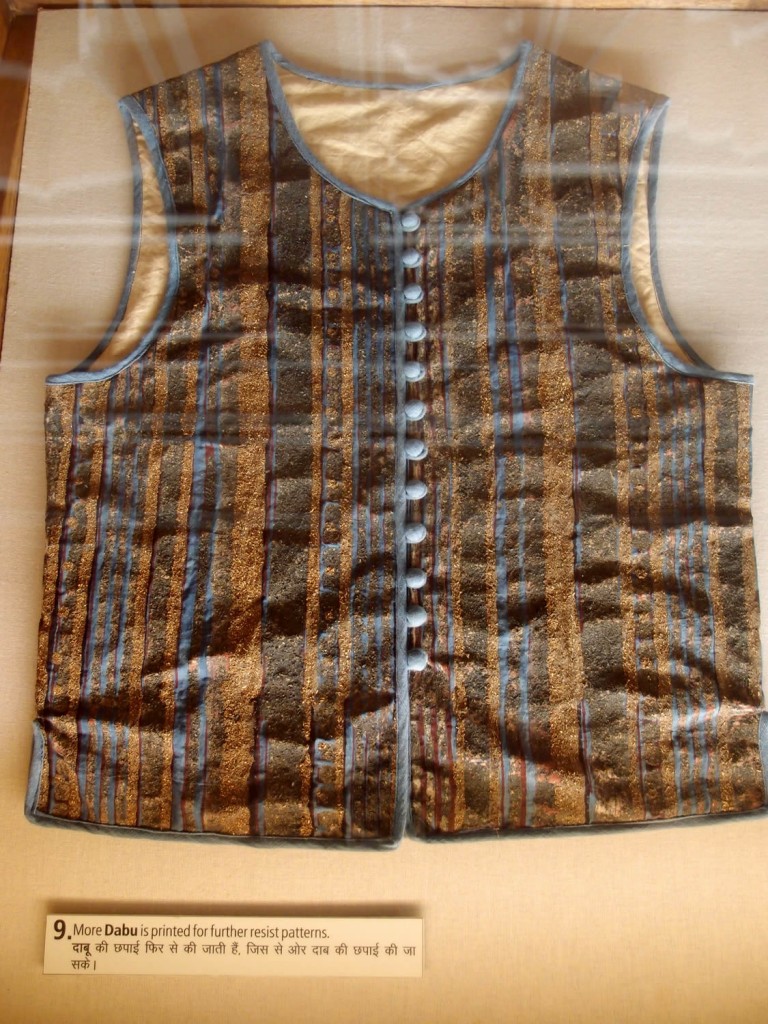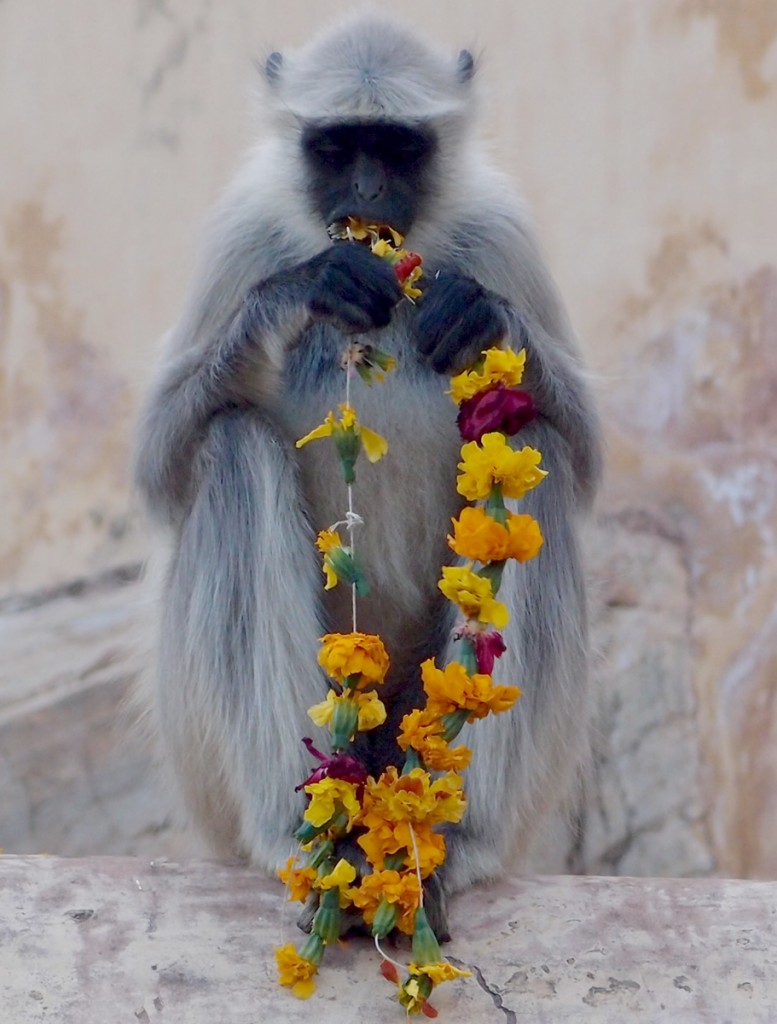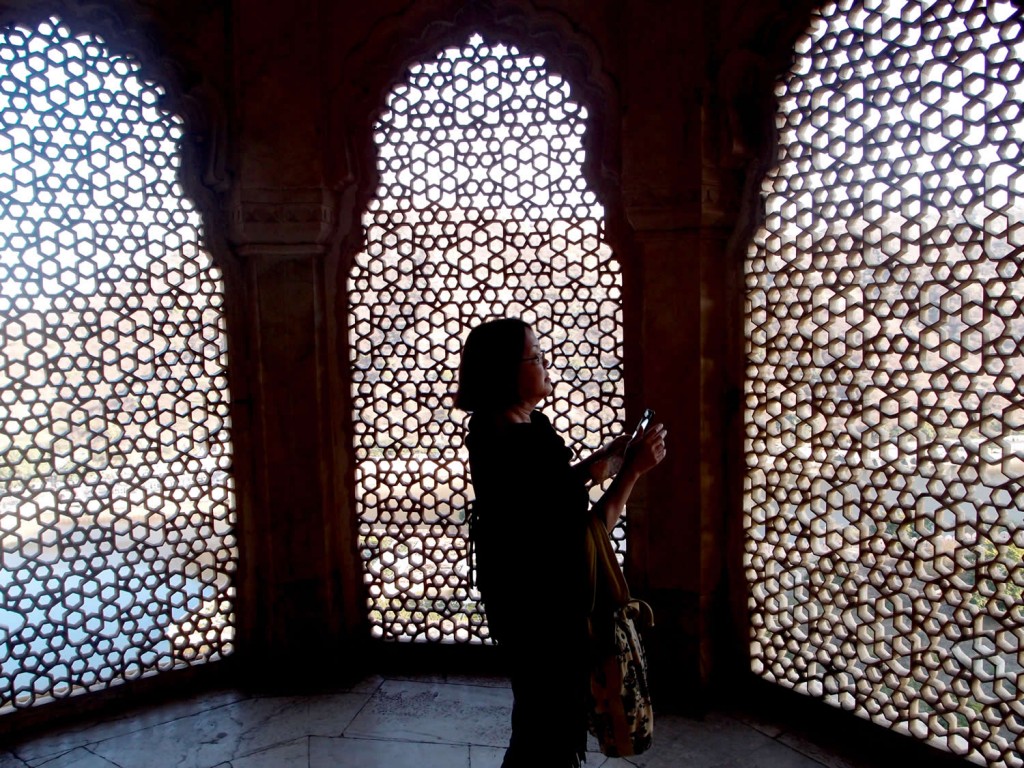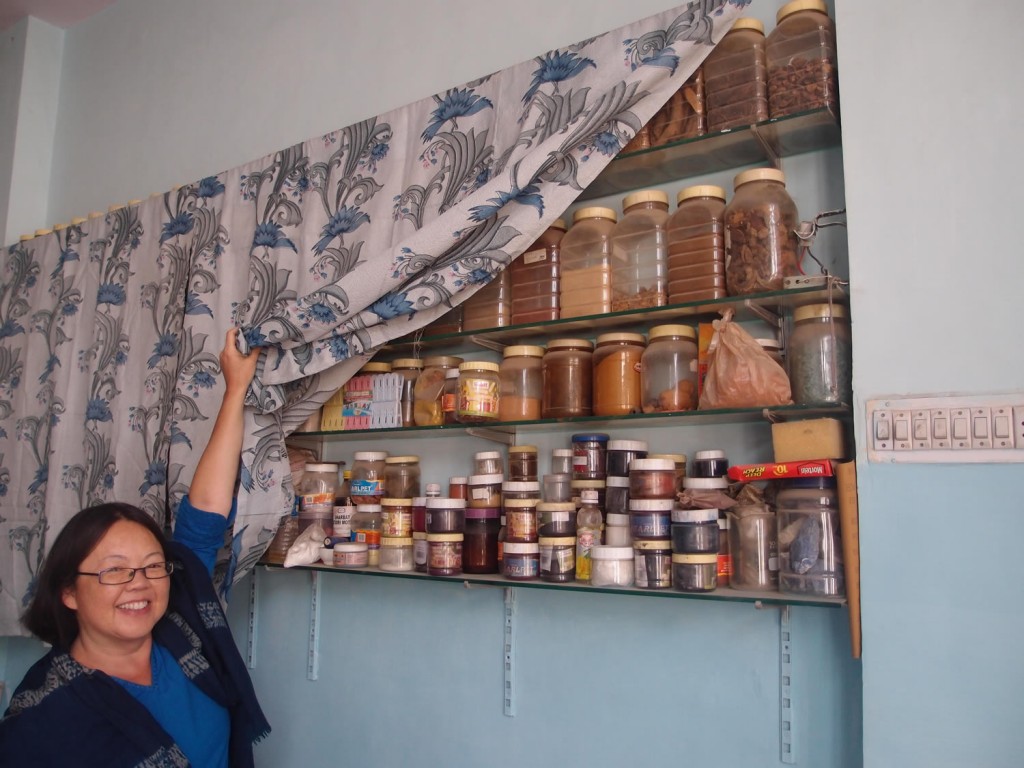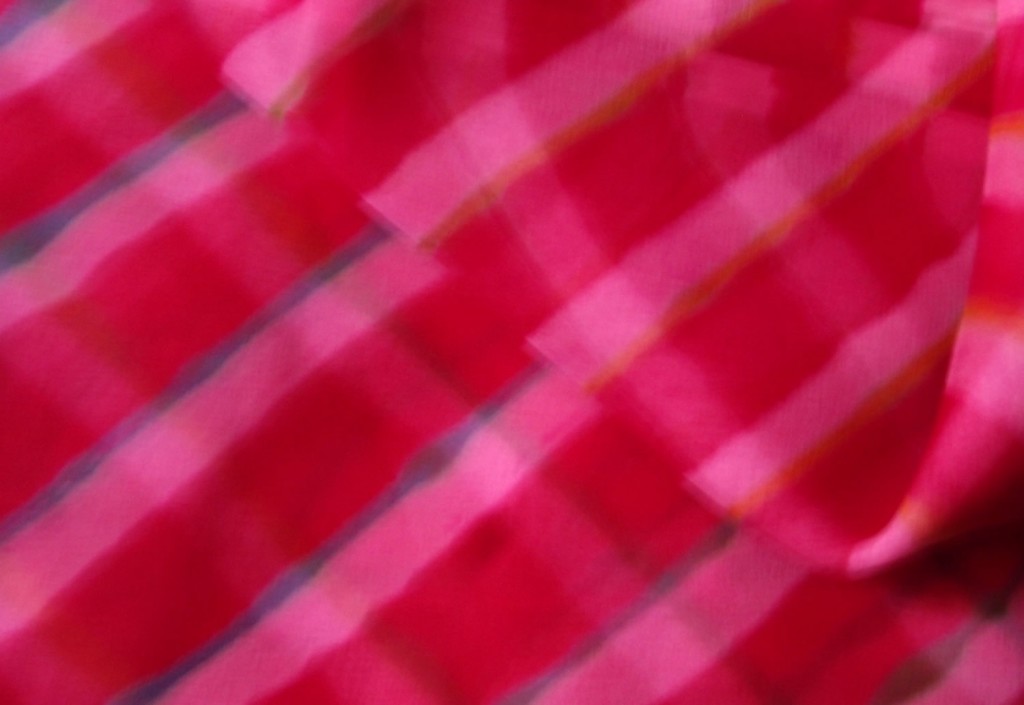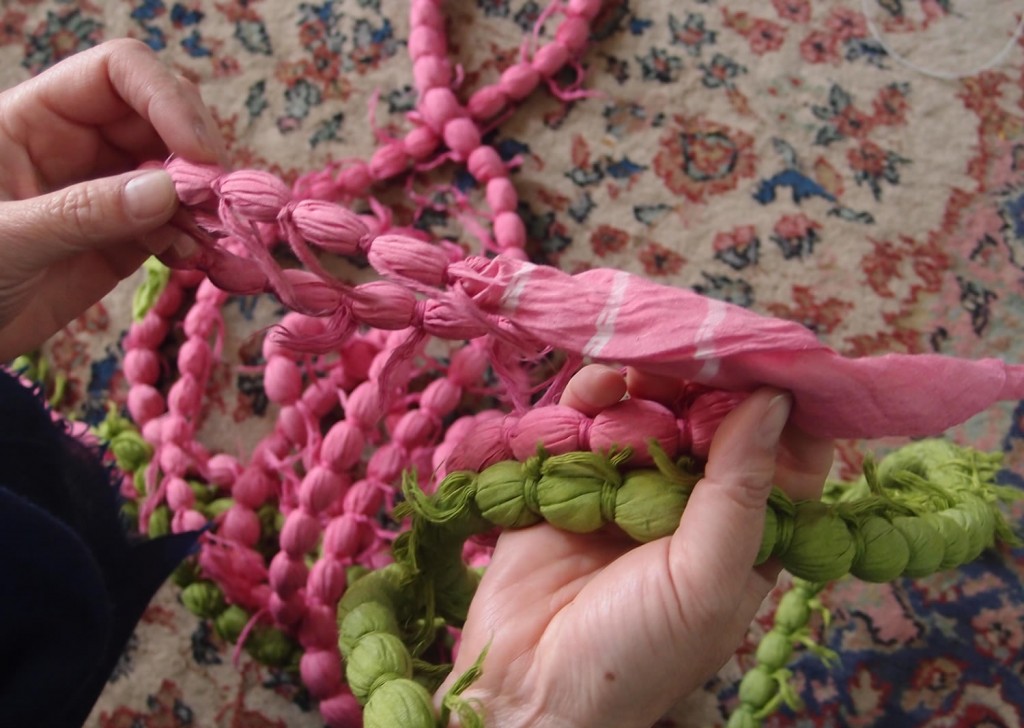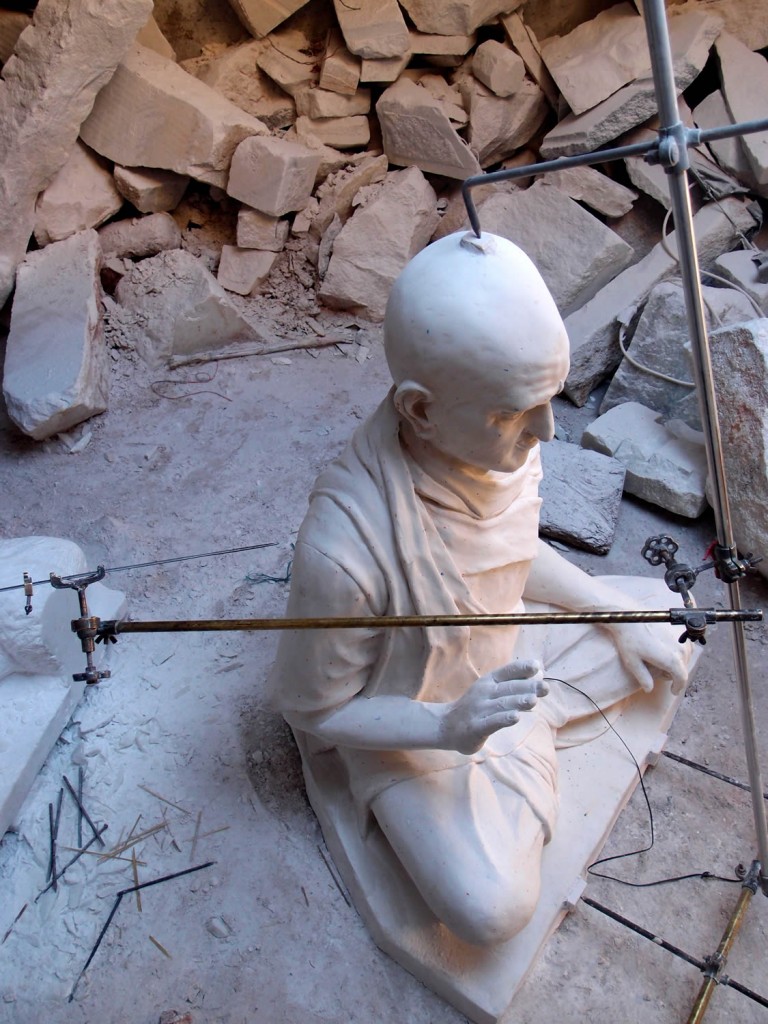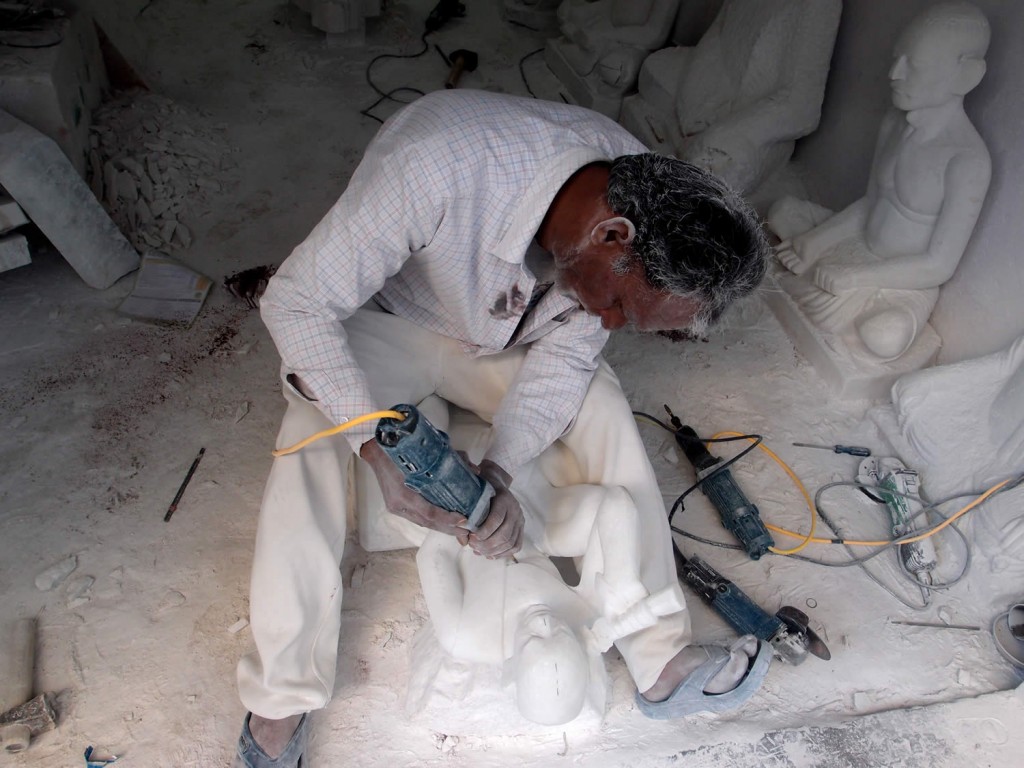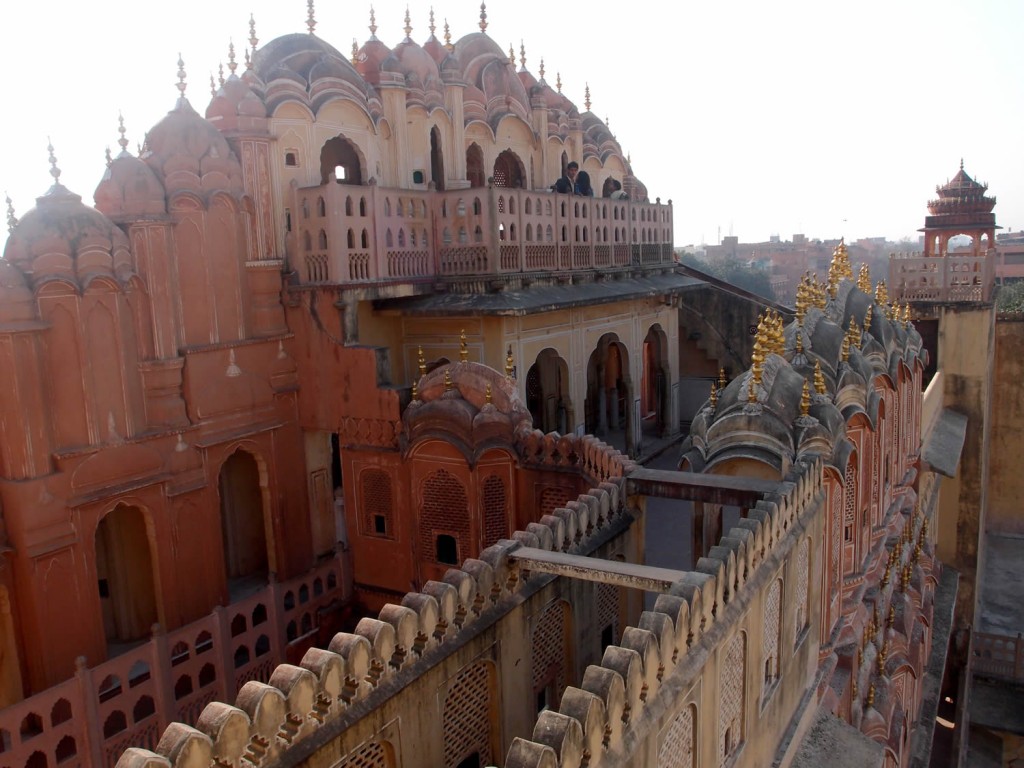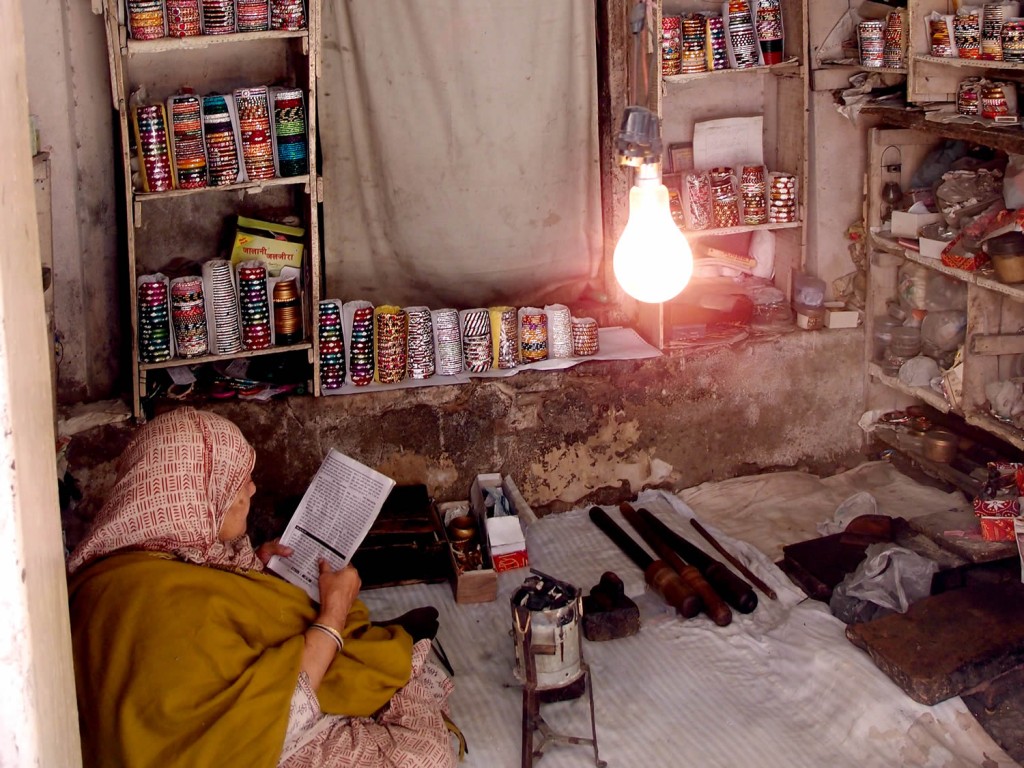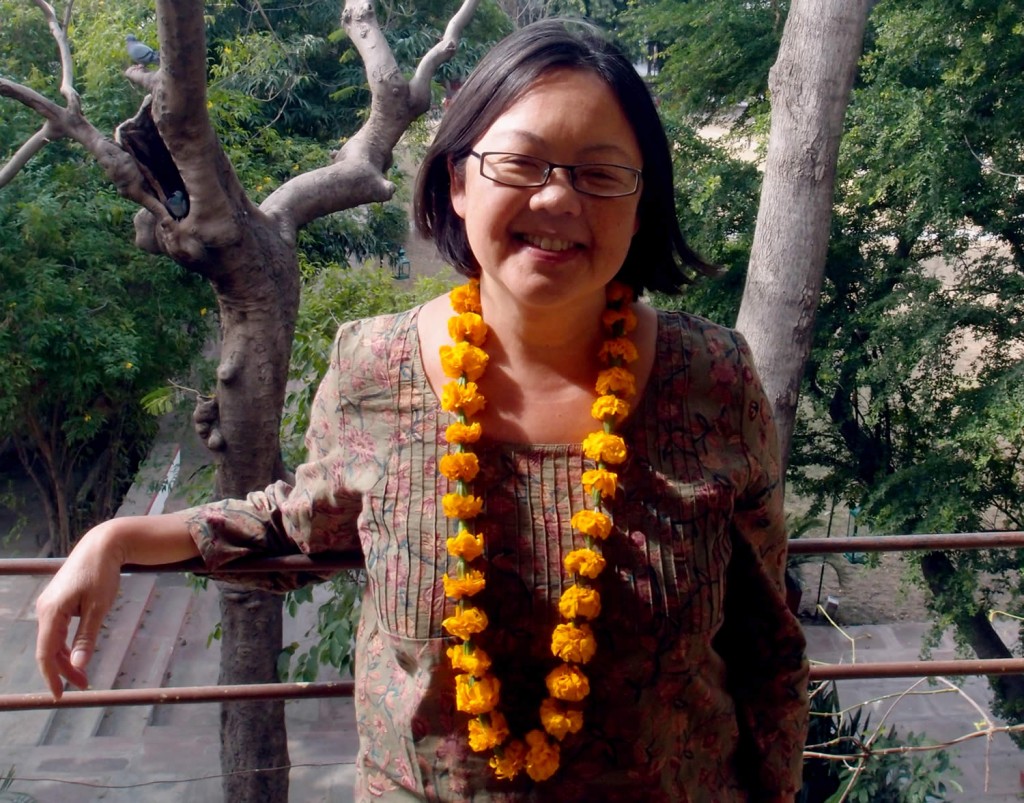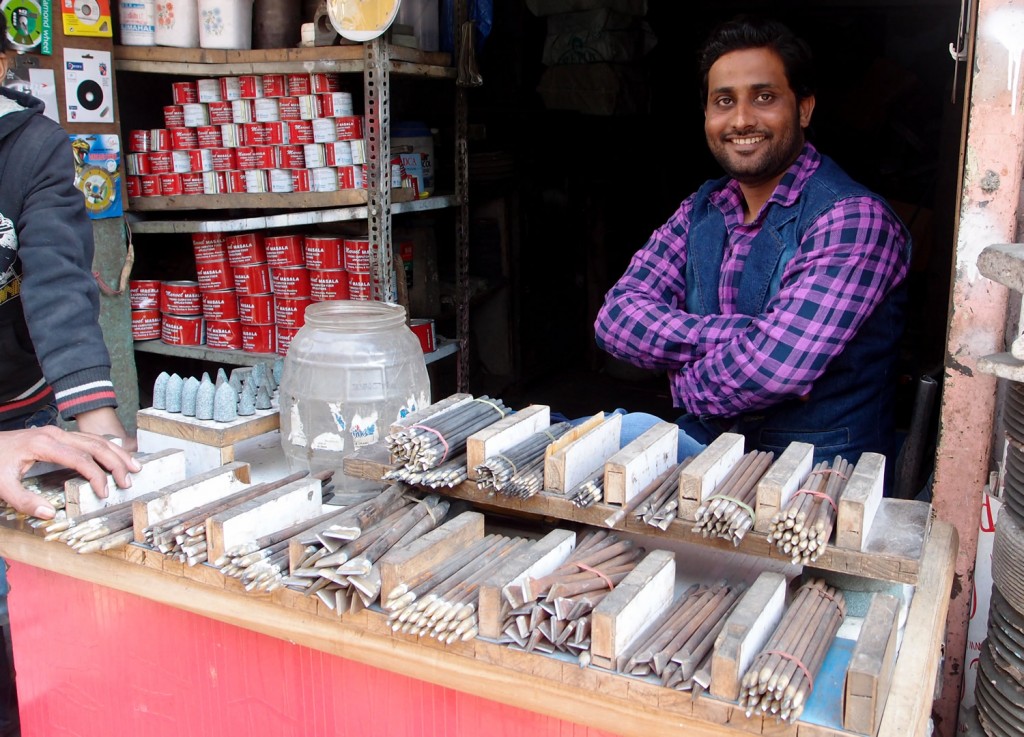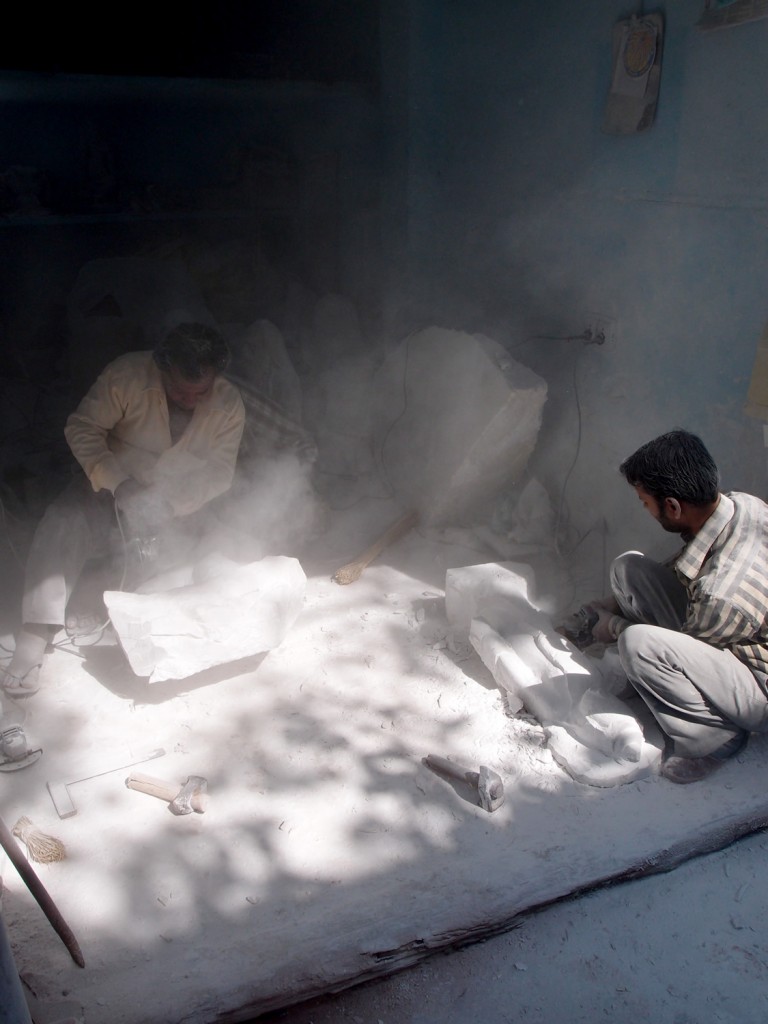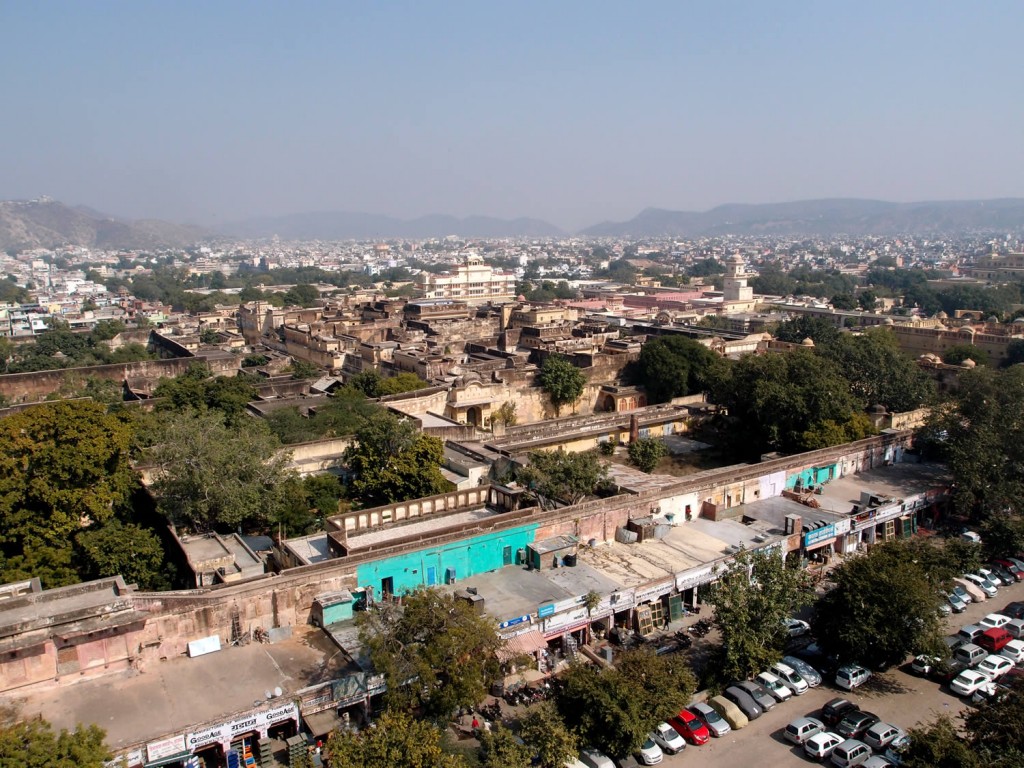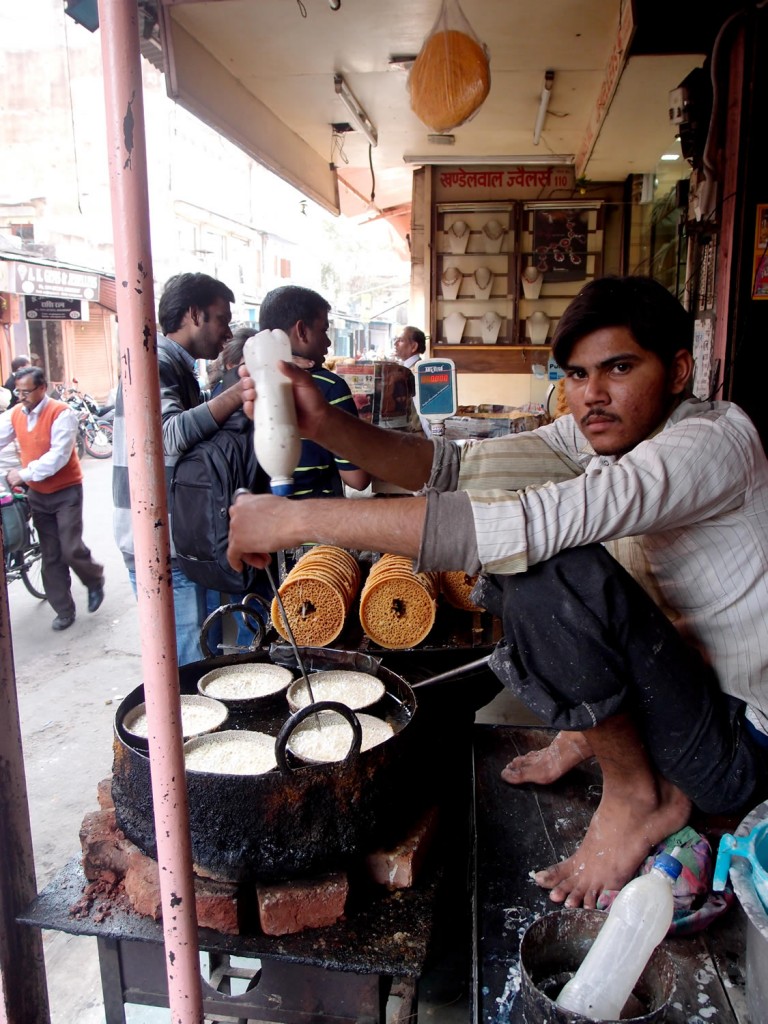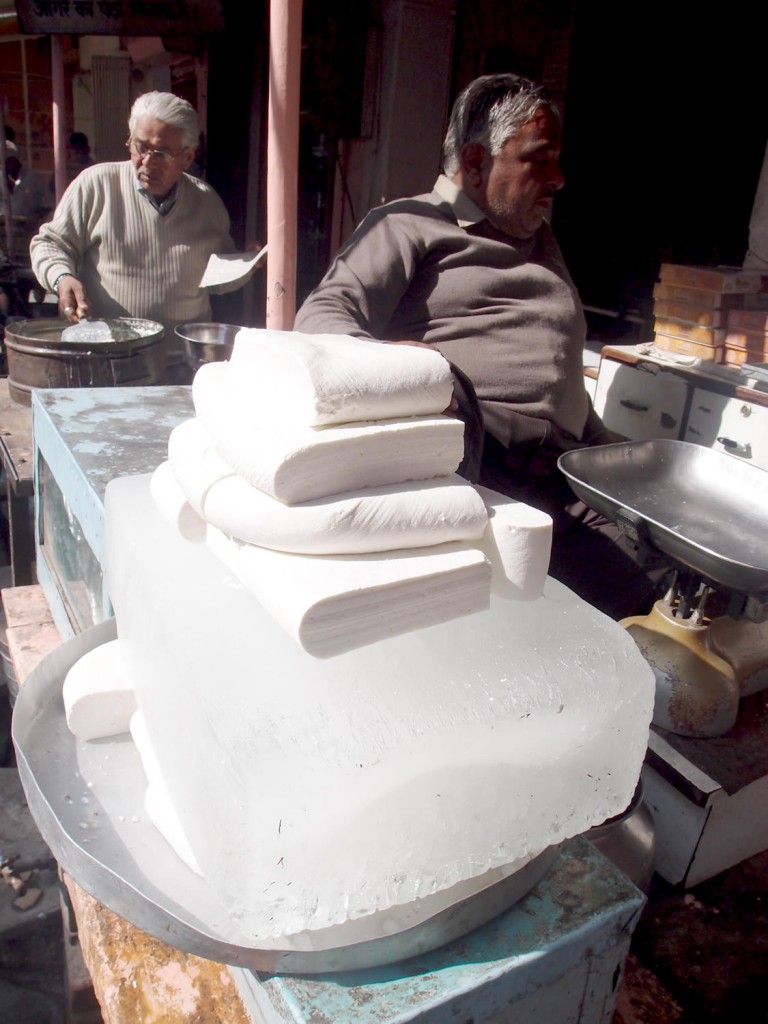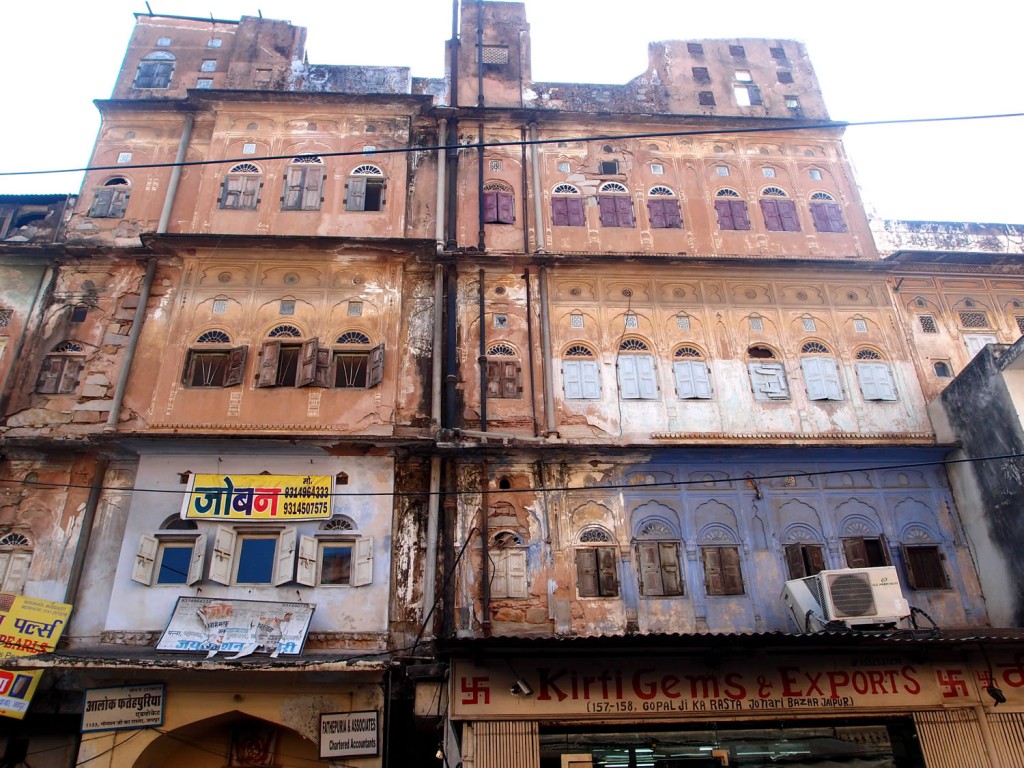I’ve always had mixed feelings about visiting Goa. If I have a precious few weeks in India, why would I go to Goa? And if I wanted a beach holiday why would I go to India?
In the end we only spent 3 nights there, cutting out the colonial centre and spending the time on one of the quieter beaches in the south of the state: Agonda.
But I have to admit the beach was lovely. 2 miles of sand, not too crowded, not too hot and cleaned daily. The sea was warm and nicely choppy.
Agonda Cottages was a relaxed place to stay and there was a fair choice of eating and drinking shacks down the beach. Nothing wildly exciting or especially Goan though. The monsoon means that the beach is large disassembled over the summer and rebuilt annually.
At the southern end of the beach were a collection of overland vehicles, mainly from Germany and Holland, that had made the journey by road from Europe. The transit across Pakistan is currently quite dangerous. One of the Germans was recounting his trip on his blog – I’ve lost the link – difficult even with a police escort.


